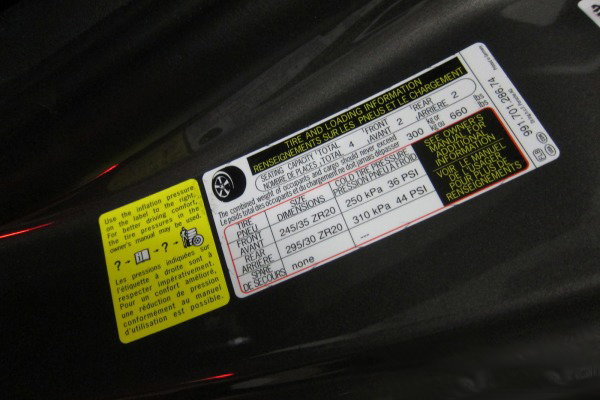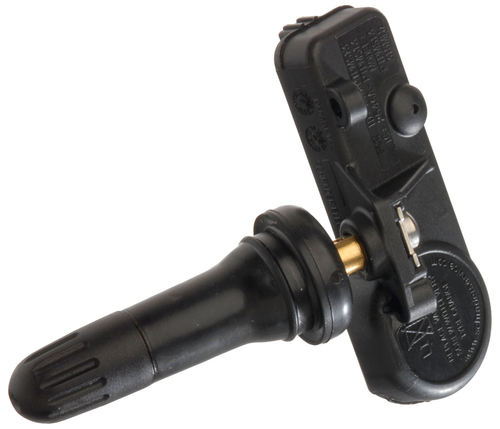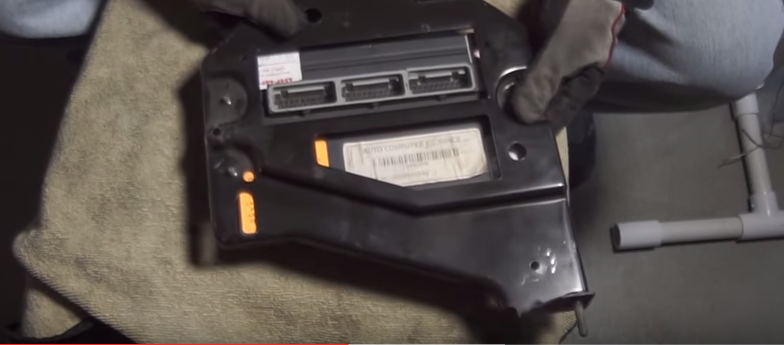Jeep Cherokee and Jeep Grand Cherokee 1984-2004: Why is My Tire Pressure Light On?
We're talking tire pressure here! If your Jeep is a late model equipped with tire pressure sensors and something has gone awry, then this article is for you.
This article applies to the Jeep Cherokee and Jeep Grand Cherokee (1984-2004).
Depending on the year of the Jeep you own, it may have come equipped with TPMS sensors in the wheels. TPMS stands for Tire Pressure Monitoring System. It basically consists of a sensor located in each wheel that monitors the tire pressure. When the pressure drops below a pre-defined minimum level, it sends a signal to the cars computer to alert you that your tire pressure is low. If the light is on, you've got an issue. Let's sort it out.

Material Needed
- Tire pressure gauge
Step 1 – Check tire pressure
The tire may need air.
Even though this may seem obvious, it's always good to check the pressure in every tire to make sure they are properly inflated. Inside the driver's side door jamb, you'll find a sticker with the stock tire size as well as the pressure they need to be filled to. Generally, the TPMS sensors are set to trigger a lower pressure alert when the tire pressure drops around five PSI below what the sticker states. If you find a tire with a pressure below the amount on the sticker, you'll need to add air until it's above the specified amount. It may take a couple minutes or key cycles for the low pressure light to turn off.
In the case that you've changed tire sizes and your tires normally operate at a lower pressure, you'll need to visit a tire store or the dealership and have the sensors re-calibrated for the tire pressure you currently run. The tool to calibrate the tire pressure isn't cheap, so you're better off paying the $20 or to have a store do it versus buying a $2 to 300 tool that'll you'll only use once.

Step 2 – Check for a faulty sensor
A busted sensor may turn the light on.
Due to the TPMS sensors having to be wireless, they contain little internal batteries to keep them going. Since they use relatively low power, these batteries can last upwards of 10 to 15 years before they die. Unfortunately, when they are getting ready to die, they can send erratic signals that may say the tire pressure is low even though it is actually completely fine. The TPMS units are non-serviceable, so you'll have to replace the entire unit and then have it programmed to your car.

Step 3 – Check for faulty PCM
While the least likely cause, this is also a possibility. If the air pressure in the tires are good, the sensors are calibrated correctly for the air pressure, and the sensors are functioning properly, the only thing left is the PCM that transmits the signal to the lower pressure light to turn on. Replacing an PCM isn't cheap nor easy, so if it does come down to this, I suggest really evaluating how important the sensors are to you and whether or not you can deal with the low pressure light.

Related Discussions
- Tire Pressure Sensor Dash Light - CherokeeForum.com
- TPMS in Overhead Console - CherokeeForum.com
- Tire Pressure Capacity - CherokeeForum.com
- Tire Pressure Question - CherokeeForum.com






